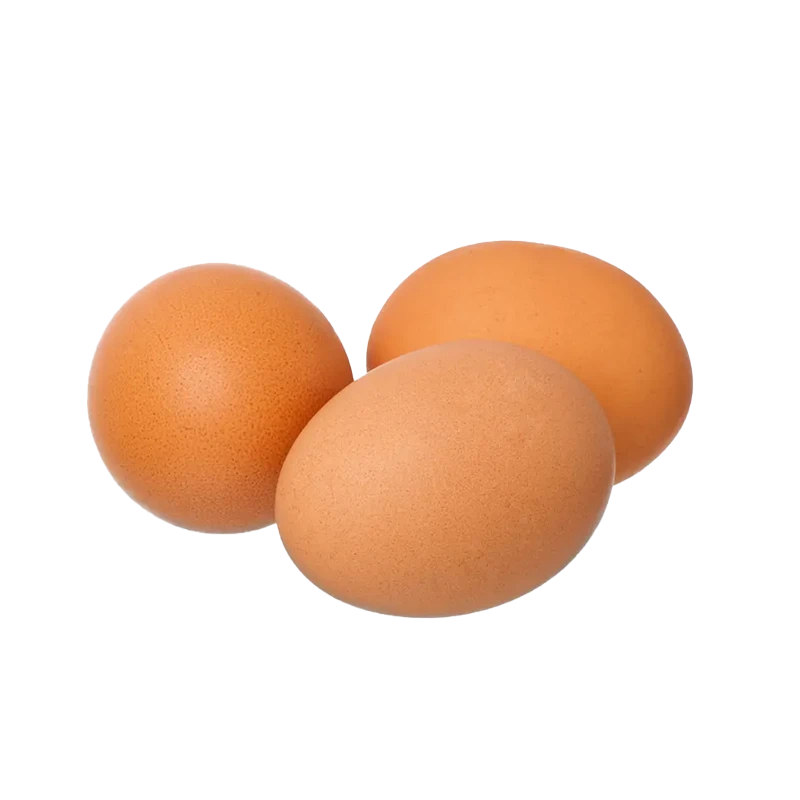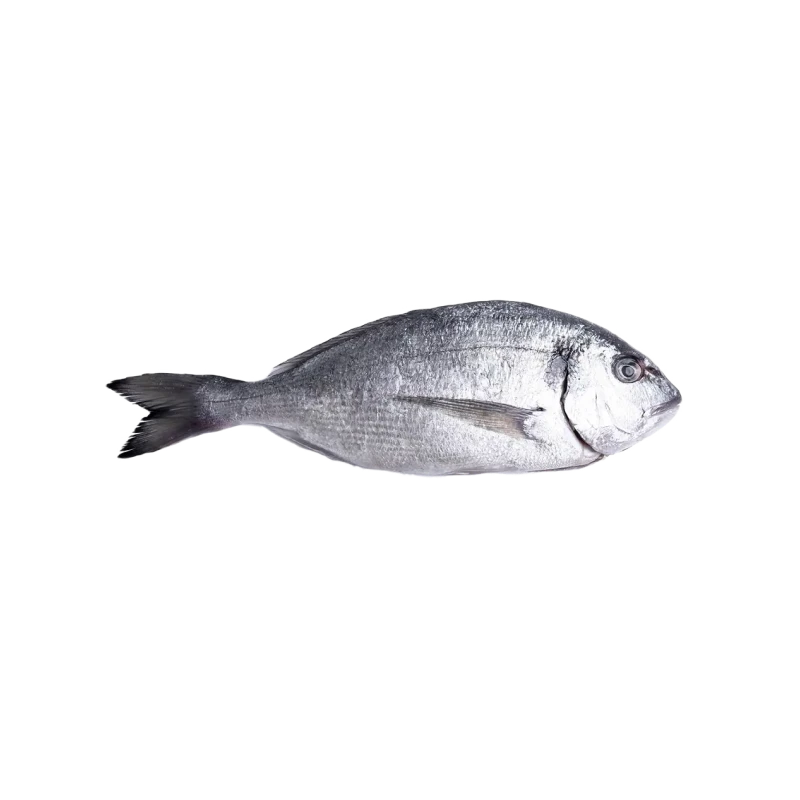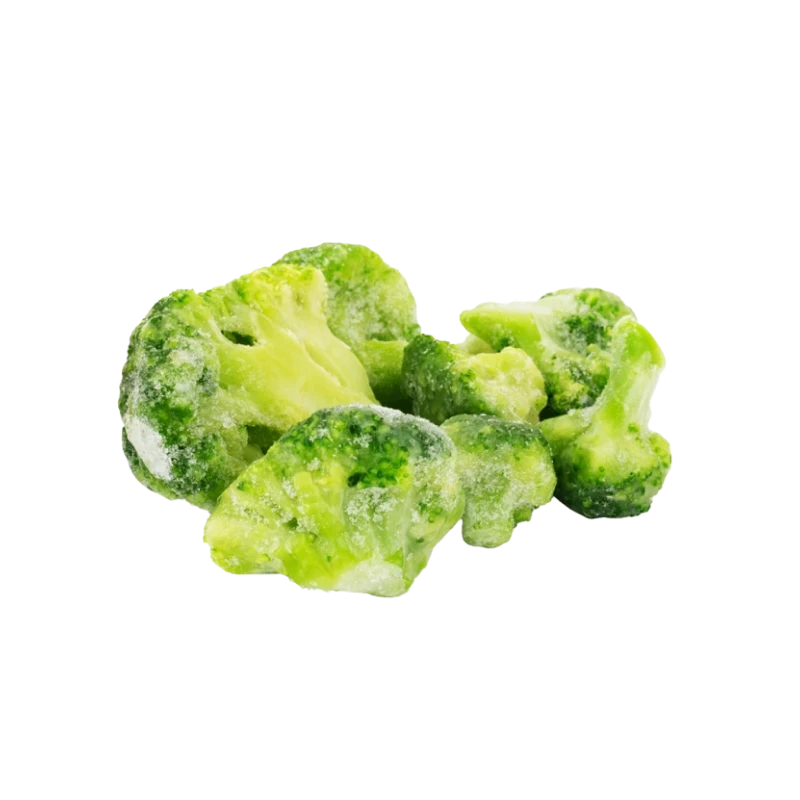Frozen Prawns — Nutrients, Health Benefits, and Shopping Tips
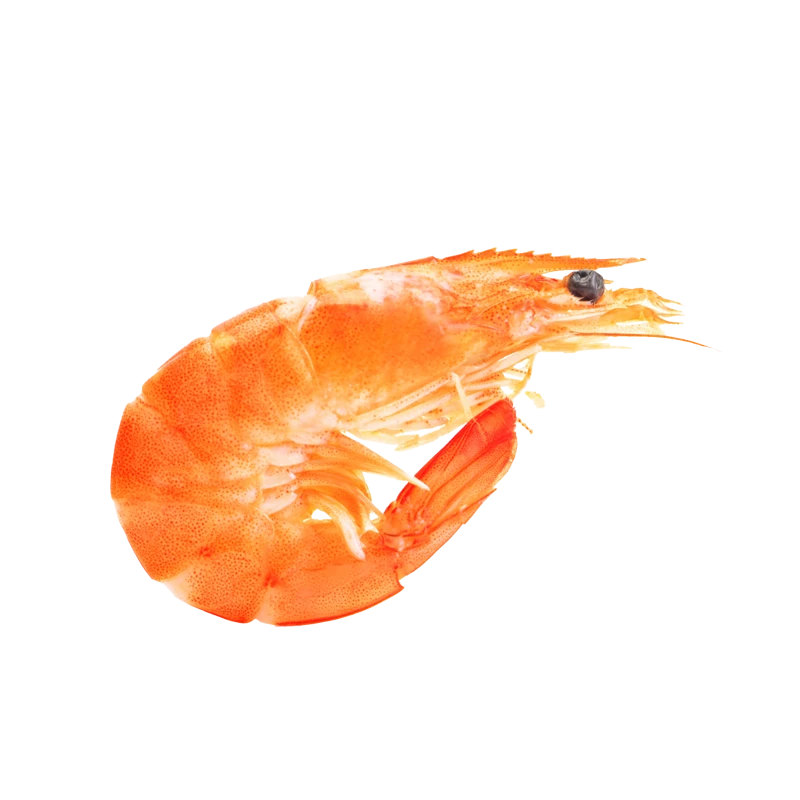
Written by Listonic Team
Last update on September 3, 2024
Nutrition facts
Nutrition facts
Amount per 100 g
Calories
🔥 85 kcal
| Nutrients per: 100 g | Value | % Daily Value* |
|---|---|---|
| Carbs | 0 g | - |
| Fiber | 0 g | - |
| Sugars | 0 g | - |
| Glycemic Index | 0 | - |
| Protein | 20 g | 40% |
| Sodium | 190 mg | 8.26% |
| Total Fat | 1 | 1.28% |
*The % of Daily Value (DV) tells you how much a nutrient in a serving of food contributes to a daily diet. 2,000 calories a day is used for general nutrition advice.
20 g
🧀 Good Protein Content
Did you know?
Health benefits
- High in protein, essential for muscle growth, repair, and overall body function.
- Low in fat, making them a heart-healthy seafood option.
- Contains essential vitamins and minerals such as Vitamin B12, iodine, and selenium, which support overall health and well-being.
Health risks
- Risk of contamination with harmful bacteria, such as Salmonella or Vibrio, particularly if the prawns are not properly handled, stored, or cooked to a safe internal temperature.
- High sodium content in some frozen prawns, particularly if they are pre-seasoned or brined, which can contribute to hypertension and increased cardiovascular risks.
- Potential for allergic reactions in individuals with shellfish allergies, causing symptoms like itching, swelling, or anaphylaxis.
- Environmental concerns related to the sustainability of prawn farming or harvesting and its impact on marine ecosystems.
How to choose frozen prawns
Choose frozen prawns that are bright pink with a shiny, translucent shell. Check for any black spots on the shell or a yellowish head, which can indicate spoilage.
Do not purchase prawns that emit a strong, fishy smell or have a slimy texture. Frozen prawns should smell clean and sea-fresh, even when defrosted.
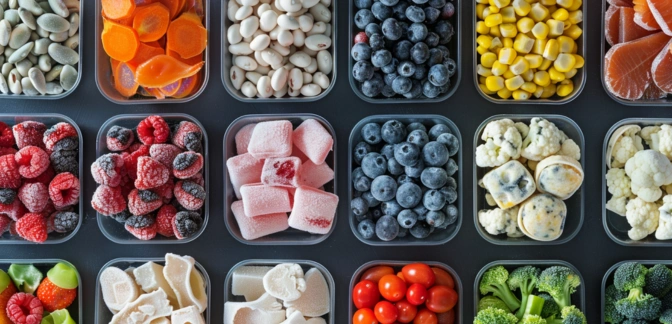
How to store frozen prawns
Frozen prawns should be stored in the freezer until use. Keep them in their original packaging or transfer to a freezer-safe bag. Properly stored, frozen prawns can last up to six months.
Frequent thawing can degrade the quality of prawns. It’s important to keep them tightly sealed to prevent air exposure. Avoid temperature fluctuations to maintain their texture and taste, ensuring they remain fresh and ready for cooking.
✅ Extra Tip
How long do they last?
Frozen prawns can last for 3-6 months in the freezer when stored in an airtight container or freezer bag. For the best quality, consume them within this time frame.
What to do with leftovers?
Leftover frozen prawns can be used in a variety of seafood dishes. Sauté them with garlic, butter, and herbs for a quick and delicious main dish, or add them to a pasta dish with a creamy or tomato-based sauce. Prawns are also great in stir-fries with vegetables and a savory sauce.
Use prawns in a seafood salad with a tangy vinaigrette, or mix them into a seafood risotto for a rich, flavorful dish. If you have a lot of prawns, consider making a batch of prawn skewers with vegetables, perfect for grilling or roasting. Prawns can also be added to a seafood stew or chowder for extra protein and flavor, or used as a topping for pizzas or flatbreads. For a quick appetizer, serve prawns with a dipping sauce like cocktail sauce or garlic butter.
👨⚕️️ Medical disclaimer
How frozen prawns support specific health conditions
Frozen prawns are rich in protein, promoting muscle health and aiding in tissue repair. They are low in fat and calories, making them ideal for weight management. Prawns contain omega-3 fatty acids, supporting heart health by reducing cholesterol levels and lowering inflammation. They also provide key vitamins and minerals like selenium and vitamin B12, which support immune function and brain health. Their versatility in cooking makes them a healthy addition to various meals.
Discover products from other categories
Listonic Team
Fact-checked
Our editorial team checked this article to make sure it was accurate at the time of publishing it.
Get the top-rated shopping list app

frozen prawns


